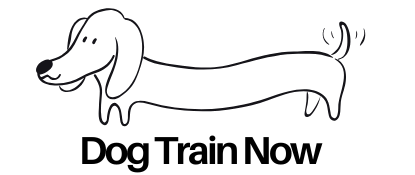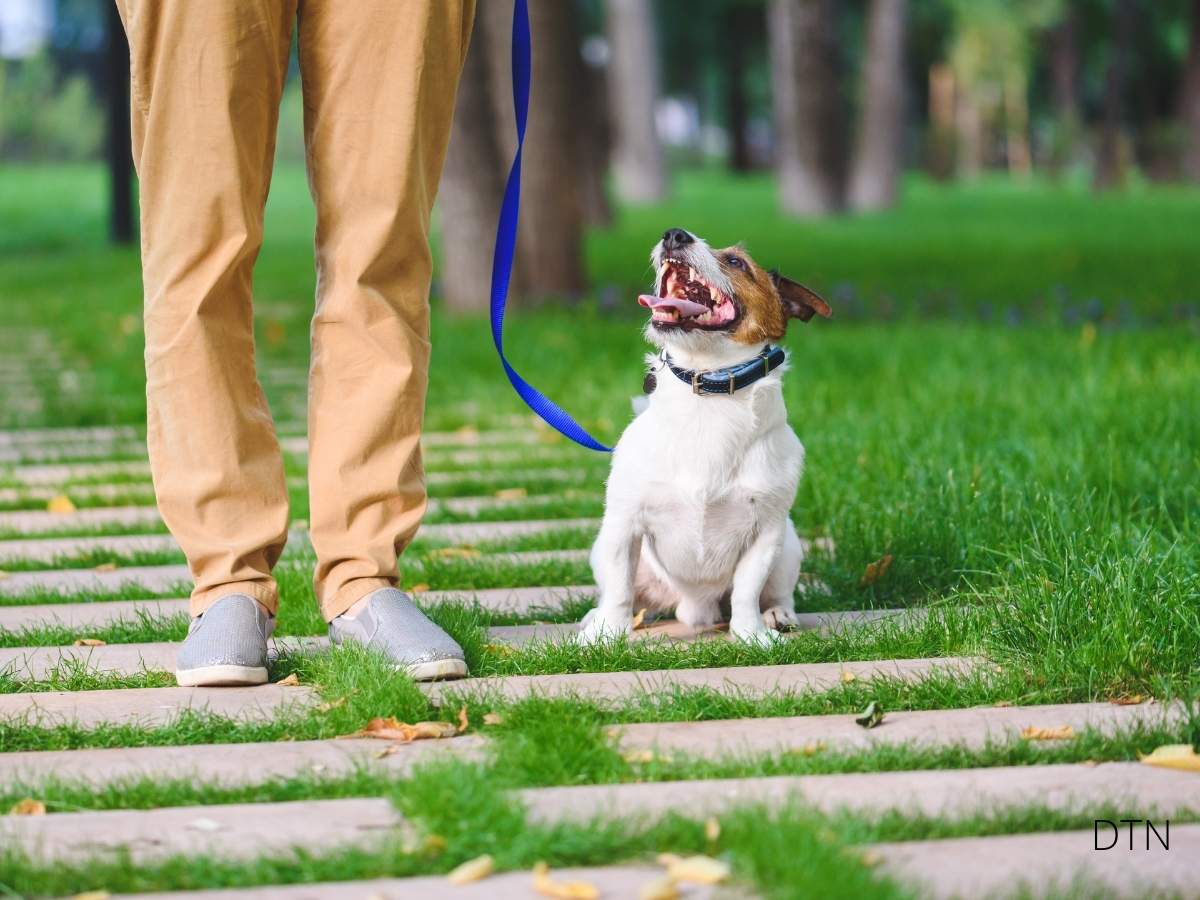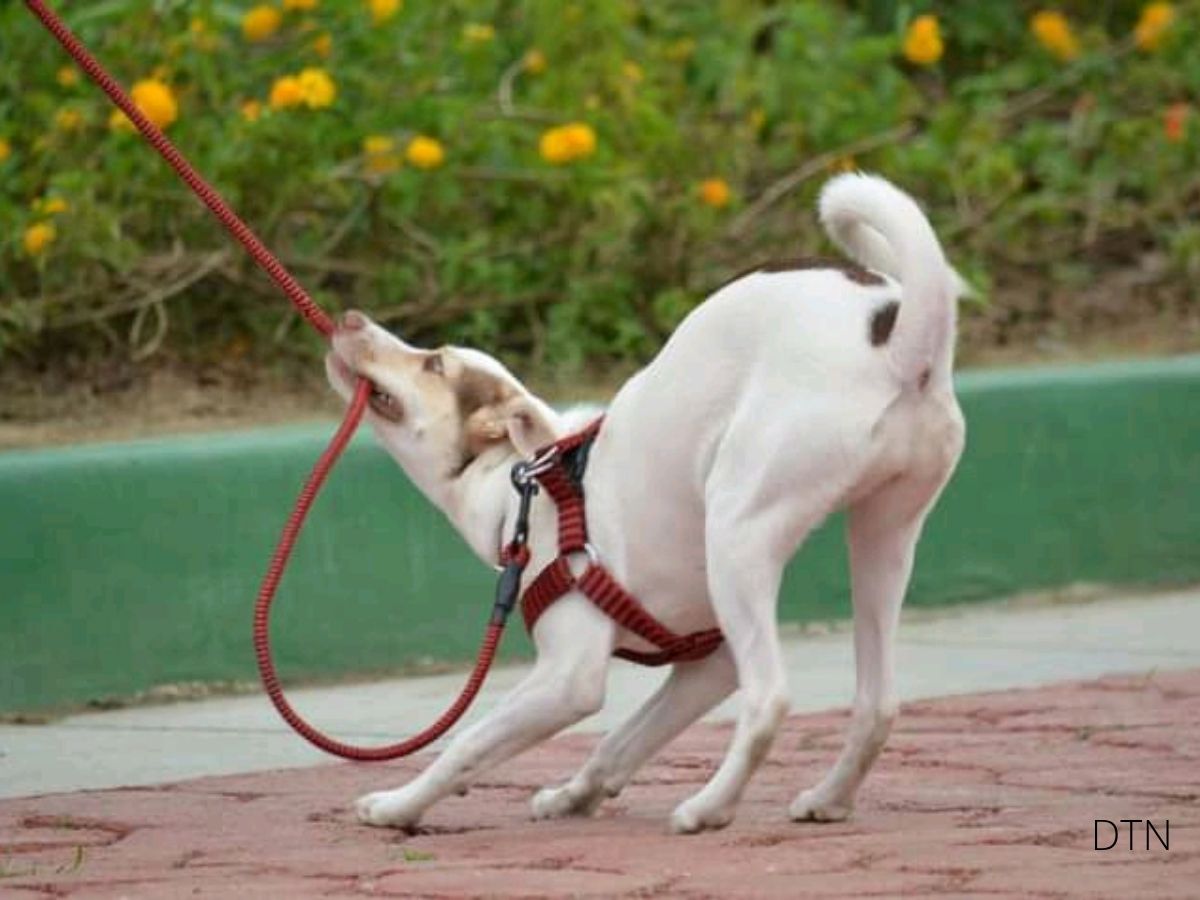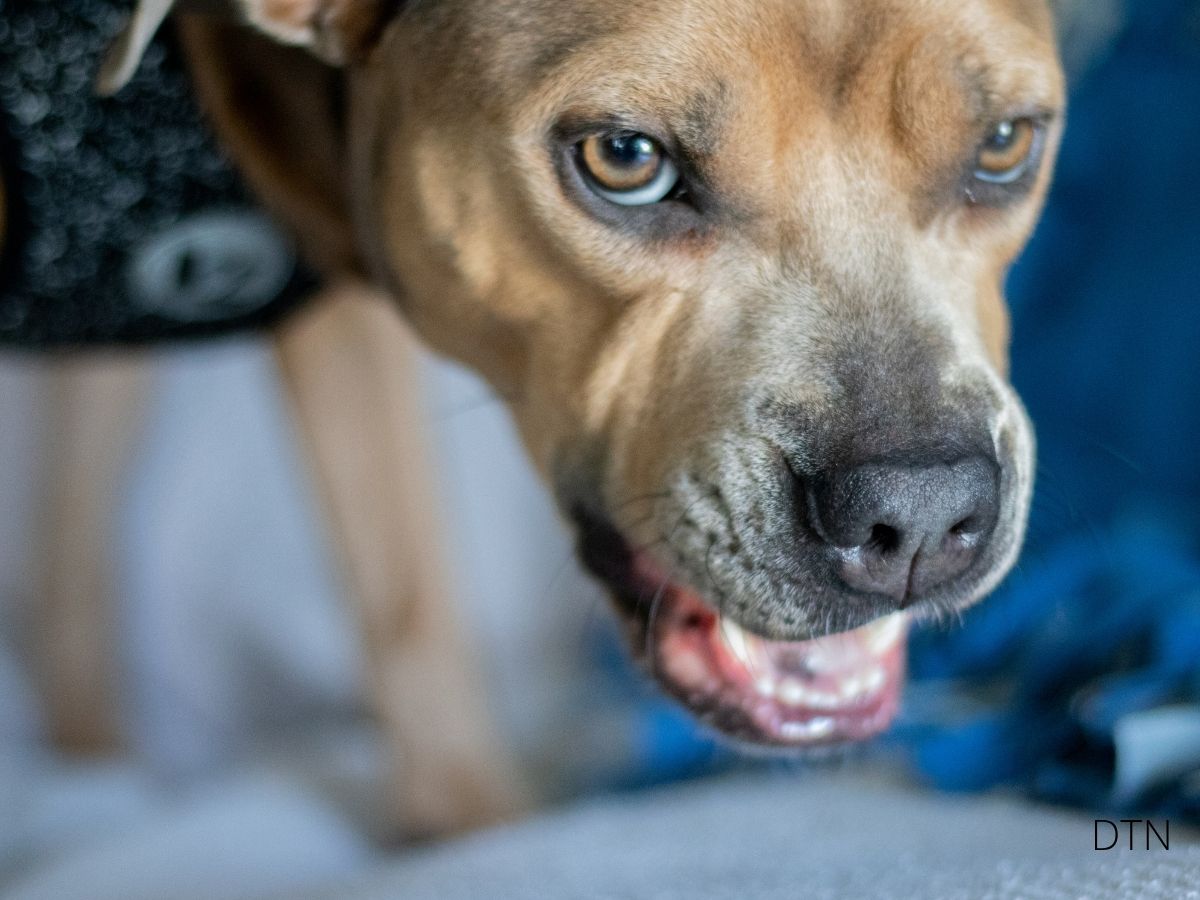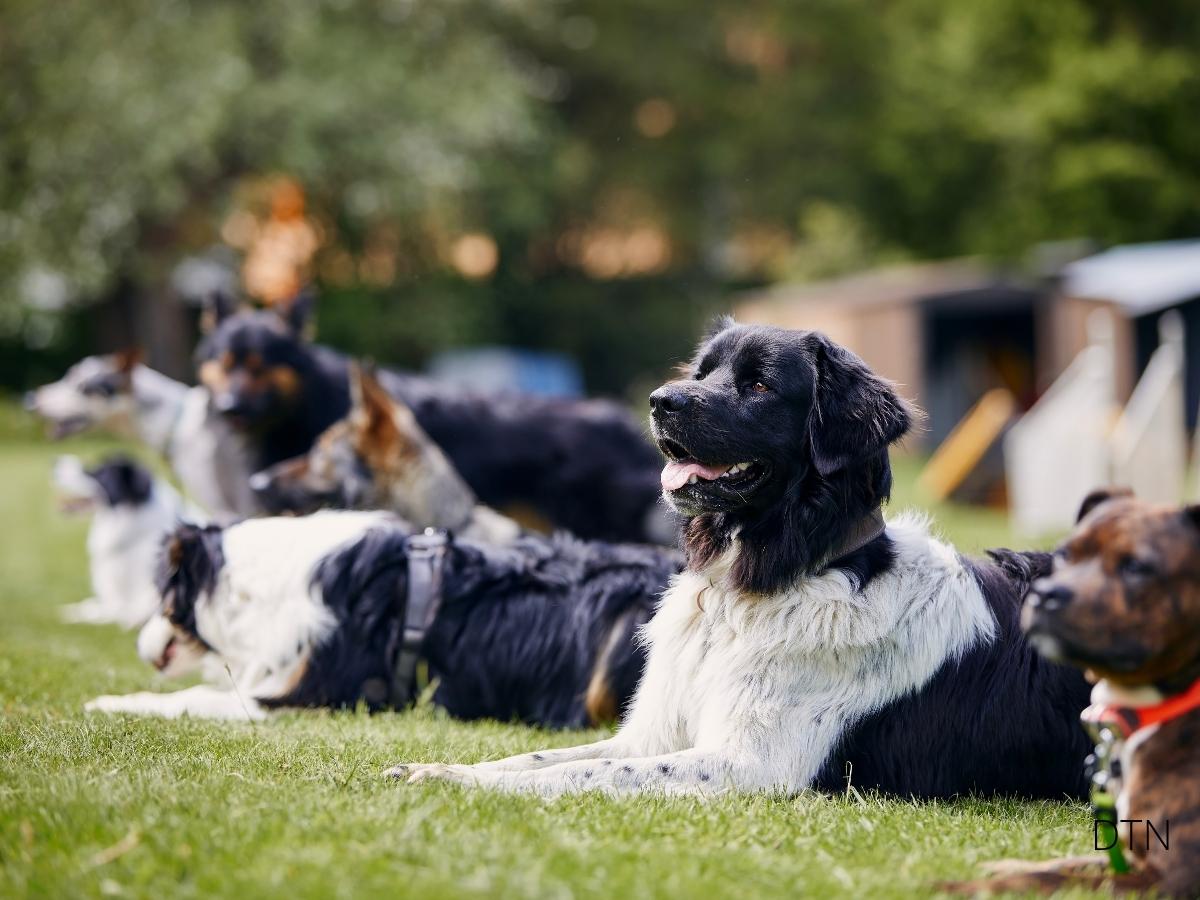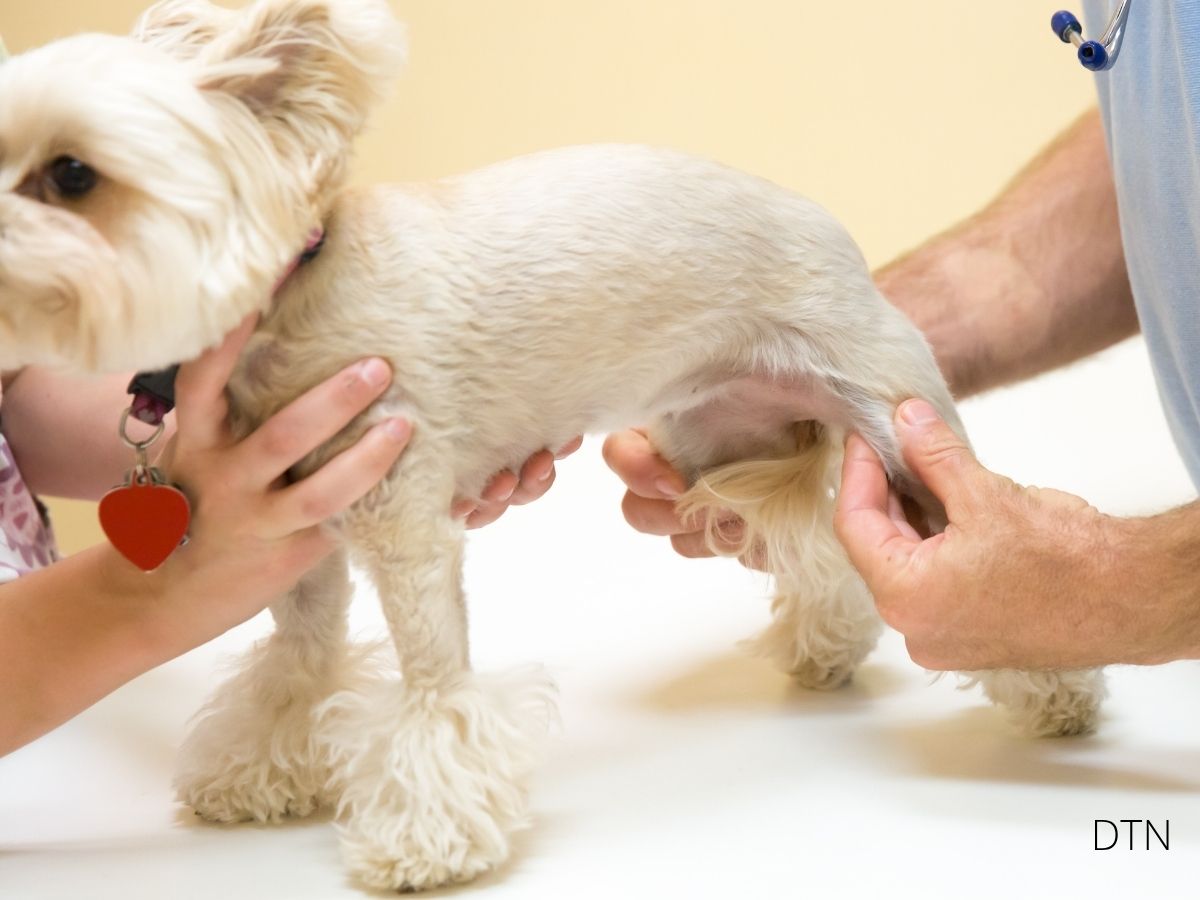Introduction: Understanding Your Dog’s Inner Battle
Have you ever watched your furry friend struggle between lunging at that squirrel and staying by your side? That internal tug-of-war happening in your dog’s brain is more complex than you might imagine. Behind those soulful eyes lies an intricate dance between ancient survival instincts and modern self-control mechanisms—a neurological ballet that determines whether your pup will wait patiently for their dinner or dive headfirst into the bowl.
The journey from reactivity to reflection isn’t just about teaching commands. It’s about understanding the remarkable neural architecture that governs your dog’s decisions and learning how to strengthen the pathways that lead to thoughtful responses. Your dog’s brain is remarkably plastic, capable of forming new neural connections throughout their lifetime. This means there’s always potential for growth in self-regulation skills, whether you’re raising a bouncy puppy or helping a rescue dog adjust. 🧠
Neural Foundations: What’s Happening Inside
The Executive Brain vs. The Emotional Brain
Think of your dog’s prefrontal cortex as their internal CEO—the brain region responsible for thoughtful decisions rather than knee-jerk reactions. When your dog pauses before chasing that cat, you’re witnessing their prefrontal cortex in action. During calm moments, this region allows dogs to assess situations, remember training, and make choices aligned with what they’ve learned.
Under stress, however, everything changes. When anxiety floods your dog’s system, the prefrontal cortex essentially goes offline. Stress hormones temporarily impair this region’s function, making it impossible for your dog to access trained behaviors. It’s why even well-trained dogs might forget everything when confronted with triggers—their executive brain simply can’t compete with the stress response.
The amygdala takeover happens in milliseconds. This almond-shaped structure acts as your dog’s alarm system, constantly scanning for threats and opportunities. Before your dog’s thinking brain can register what’s happening, the amygdala has already triggered a cascade: muscles tense, heart rate spikes, and stress hormones flood the bloodstream. In modern life, this ancient survival mechanism often works against our pets—the amygdala doesn’t distinguish between real threats and harmless skateboards.
The Chemical Cocktail
Your dog’s impulse control is influenced by an intricate cocktail of brain chemicals. Cortisol, the primary stress hormone, surges during challenges. While a little helps your dog stay alert, chronic elevation can permanently alter brain function. Dogs with consistently high cortisol struggle with impulse control because their brains remain in constant high alert.
Serotonin acts as nature’s mood stabilizer, promoting calm and well-being. Dogs with healthy serotonin levels typically show better impulse control. This is why veterinarians sometimes prescribe SSRIs for severely reactive dogs—these medications boost available serotonin, creating a neurochemical environment more conducive to learning and self-control. 🐾
Behavioral Manifestations: How It Shows Up
From Brain to Behavior
When we see a dog barking frantically, lunging on leash, or snapping at approaching hands, we’re witnessing the external expression of internal neurological storms. These reactive behaviors aren’t choices—they’re automatic responses when impulse control mechanisms fail.
Common signs your dog needs impulse control support:
- Inability to settle even when exhausted
- Demand barking for attention or resources
- Jumping on people despite repeated training
- Quick frustration when things don’t go their way
- Difficulty recovering from exciting or stressful events
- Unable to play appropriately with other dogs
- Forgetting known cues when slightly aroused
Measuring Self-Control
Scientists have developed fascinating ways to assess impulse control. The waiting game is perhaps most revealing—research shows dogs can wait an average of 66 seconds for a better reward, significantly outperforming wolves who manage only 24 seconds. This ability to delay gratification directly correlates with prefrontal cortex development.
Structured play offers another lens into self-regulation. Can your dog play tug and actually “drop it” when asked? These activities require rapid switching between high arousal and inhibition, challenging the neural circuits governing impulse control.
Environmental Factors: Hidden Influences
Acute vs. Chronic Stress
Acute stress immediately dismantles impulse control. Within seconds of perceiving threat, your dog’s HPA axis floods their system with stress hormones. The sympathetic nervous system redirects blood flow away from the prefrontal cortex toward muscles needed for survival. Your dog isn’t choosing to ignore you—their brain literally cannot access neural pathways needed for trained behaviors.
Common acute stress triggers:
- Veterinary visits and unfamiliar handling
- Thunderstorms and fireworks
- Novel environments flooding sensory systems
- Sudden routine changes creating uncertainty
- Encounters with specific triggers
Chronic stress is more insidious, causing what scientists call allostatic load—the wear and tear from constant stress. Long-term cortisol elevation actually changes brain structure: the hippocampus shrinks while the amygdala grows more reactive. These physical changes mean chronically stressed dogs’ brains have literally been rewired to favor reactive responses over reflection.
Environmental Enrichment
The environment profoundly impacts neurological development and impulse control. Predictability reduces stress at a fundamental level—when dogs know what to expect, their brains don’t need constant vigilance. Simple routines create a neurological foundation for better impulse control.
Key environmental modifications:
- Visual barriers creating natural pause points
- Designated calm zones away from high-traffic areas
- Puzzle feeders rotated daily to maintain engagement
- Sound management buffering sudden environmental noises
- Multiple enrichment activities preventing cognitive stagnation
I think dogs are the most amazing creatures; they give unconditional love. For me, they are the role model for being alive.
– Gilda Radner
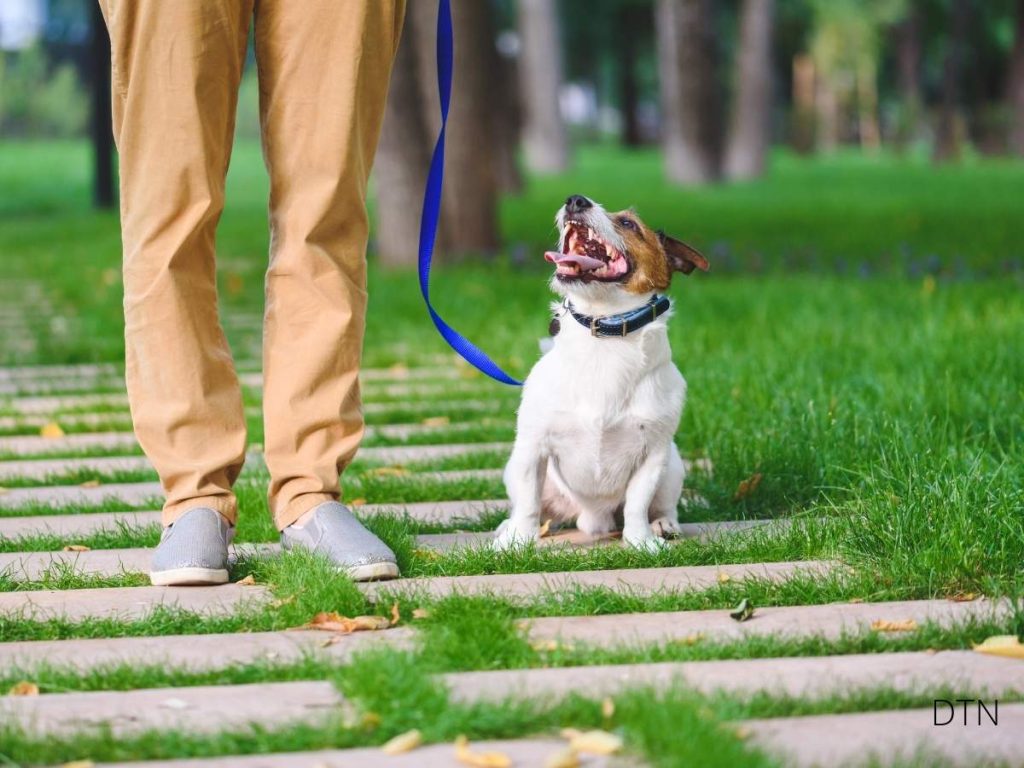
Training Interventions: Building Better Brains
Evidence-Based Protocols
Not all training methods equally build impulse control. Calm waiting exercises directly strengthen prefrontal cortex function. Each successful wait strengthens inhibitory circuits allowing the thinking brain to override impulses. Start with micro-waits of 1-2 seconds, gradually building as neural capacity grows.
Progressive impulse control games:
- “Magic Hand” – Treats in closed fist, opening only when dog backs away
- “Red Light, Green Light” – Movement and sudden stops during play
- “Mat Relaxation” – Increasing duration and distractions while remaining calm
- “Toy Switch” – Trading between toys on cue, building cognitive flexibility
Counterconditioning works by rewiring emotional responses at the limbic level. By pairing triggers with calm, positive experiences, you’re teaching the emotional brain new responses. Neural pathways that once led directly to reaction gradually develop detours through the prefrontal cortex.
The Human Factor
Your stress becomes your dog’s stress through emotional contagion. Dogs possess mirror neurons that replicate emotional states they observe. When you tense seeing another dog approach, your dog’s neurons activate the same tension patterns. Your anxiety literally becomes their anxiety through neural mirroring.
Breathing techniques for co-regulation:
- 4-7-8 breath: Inhale 4 counts, hold 7, exhale 8—activates your vagus nerve
- Synchronized breathing: Match breathing rates during calm moments
- Reset breaths: Ten slow breaths after incidents to help both nervous systems recover
Recognizing unconscious reinforcement helps you become a better training partner. Many owners inadvertently reinforce reactivity by tensing before triggers, comforting during reactions, or changing walking patterns when anticipating problems. Your calm confidence provides neurological scaffolding for your dog’s self-control.
Breed-Specific Considerations
Working with Genetic Wiring
Herding breeds possess enhanced visual processing making them exquisitely motion-sensitive. Their superior colliculus shows heightened activity, meaning fluttering leaves trigger stronger neural responses than in other breeds. Training must account for this—practice impulse control with moving targets at increasing speeds.
Guardian breeds were bred for independent decision-making. Their prefrontal cortex prioritizes environmental threat assessment over human-directed impulse control. Give them processing time—they might need 3-5 seconds to evaluate whether commands make sense given their environmental assessment.
Sighthounds have incredibly fast pathways from visual stimulus to motor response. When prey drive activates, signals bypass higher processing centers. Focus training on the “orient” phase—teaching check-ins the moment they notice potential prey, before motor patterns engage.
Brachycephalic breeds face unique challenges. The prefrontal cortex requires substantial oxygen to function. When breathing is compromised, impulse control becomes neurologically impossible. Keep training sessions short with regular breathing breaks.
Practical Applications
Puppy Foundations
Starting impulse control training in puppyhood is like teaching children to read—it provides fundamental tools supporting lifelong learning. The plastic puppy brain is primed for developing crucial neural pathways.
Essential puppy foundations (8-16 weeks):
- Mealtime waiting – Starting with 1-second waits, building to 5-10 seconds
- Door manners – Automatic sits before jumping habits develop
- Play interruption – Brief pauses during play to practice calming
- Frustration tolerance – Short barrier frustration periods with quick success
- Handler focus – Choosing attention over distractions
Multi-Dog Dynamics
Multiple dogs create complex neural interactions where each dog’s emotional state influences others. Mirror neuron activation means when one dog becomes reactive, housemates’ neurons fire as if experiencing the same stimulus, creating instantaneous emotional spread.
Strategic multi-dog training:
- Individual training before group work
- Graduated group sessions starting with distance
- Station training giving each dog clear jobs
- Separate feeding to prevent meal-time arousal stacking
- Using calm dogs as behavioral models
When Progress Stalls
Regression is normal during neural development. The brain periodically prunes connections while strengthening others, temporarily disrupting behaviors. What looks like regression is actually your brain becoming more efficient.
Hidden stressors often sabotage progress: construction noise, seasonal allergies, household tension, or subtle pain. Medical conditions like thyroid dysfunction or GI issues can masquerade as behavioral problems. Seek veterinary consultation if training produces no improvement after 6-8 weeks.
Long-term Welfare
The ultimate goal extends beyond basic commands—we’re aiming for genuine psychological welfare. Dogs with strong impulse control participate more fully in family life. They join outdoor cafes, visit friends, and handle unpredictability without constant stress.
Quality of life improvements emerge as dogs develop self-regulation. Cognitive resilience develops through consistent practice, helping dogs bounce back from stress and adapt to change. The neural reserves built through impulse control practice provide buffers against age-related behavioral changes.
Conclusion: Your Journey Forward
As we conclude this exploration, remember that every dog is an individual with unique neurological makeup and capacity for change. Recognizing your dog’s needs goes beyond obvious reactivity—subtle signs like inability to settle or difficulty disengaging from stimuli suggest a nervous system that could benefit from impulse control training.
Start small with micro-moments throughout your routine. Add one-second waits before meals, brief pauses before play, moments of calm before doors open. These tiny practices lay crucial neural foundations. As these become easy, gradually extend them, always working at the edge of capability without overwhelming your dog’s nervous system.
The transformation from reactivity to reflection isn’t about creating a perfectly obedient robot—it’s about nurturing a neurologically healthy, emotionally balanced companion who can fully participate in your shared life. Every moment invested in understanding and supporting your dog’s impulse control is an investment in their welfare and your mutual happiness.
Your dog’s remarkable brain can grow and change throughout their lifetime. Whether starting with a puppy, working with an adolescent, supporting an adult through modification, or helping a senior maintain function, there’s always potential for improvement. Celebrate small victories: the extra second of waiting, the slightly calmer reaction, the moment of eye contact before an impulsive behavior. These seemingly minor improvements represent real neural changes.
The path from reactivity to reflection is ultimately a journey of love, deepening your understanding of the remarkable creature sharing your home and heart. Together, you’re not just training behaviors—you’re nurturing a brain, supporting a nervous system, and building a relationship that transcends species boundaries. 🧡🐾
